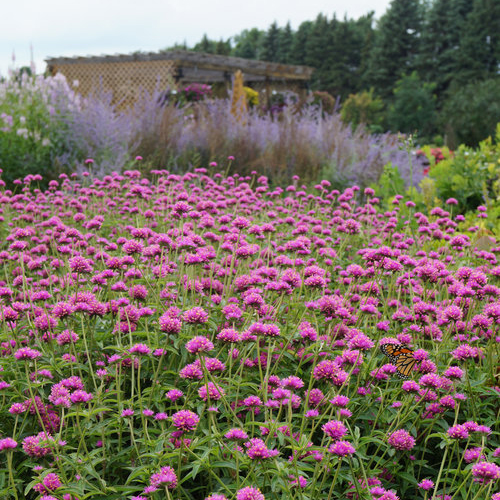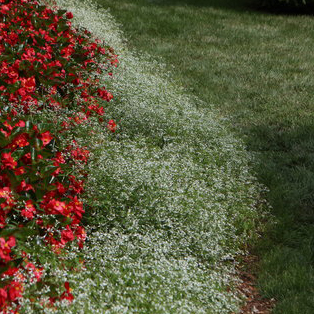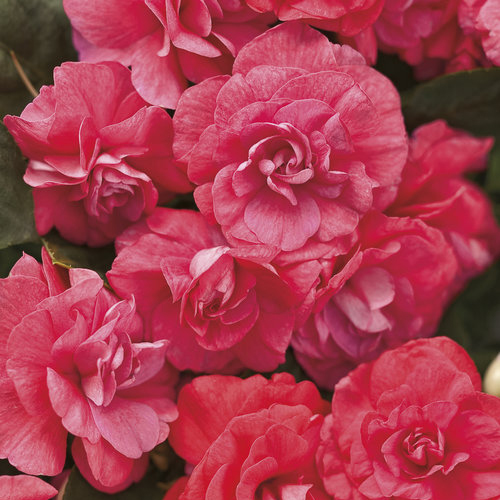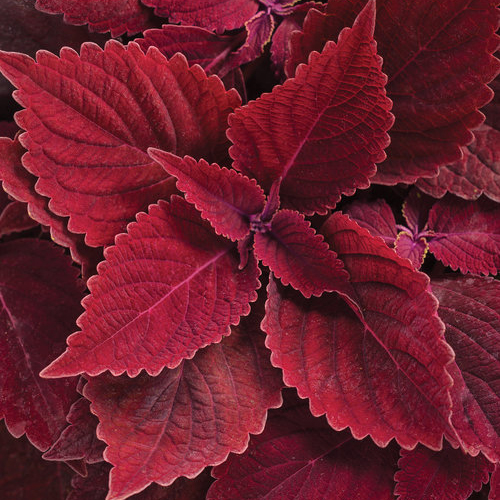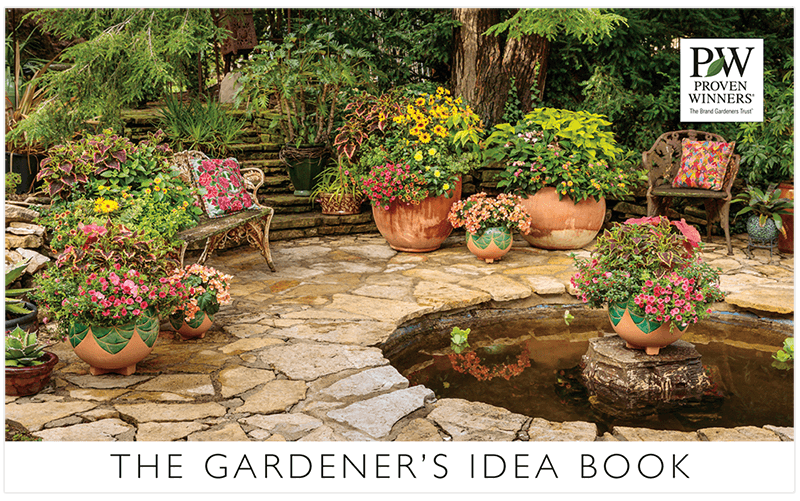What Does Full Sun or Part Shade Mean?
A Guide to Understanding Light Levels in Your Garden
Full sun, part sun, part shade, full shade...what exactly does it all mean? And how do you know what you have in your own garden? Let's take a closer look at light levels so you can be sure to select the right plants for your containers and landscape.
Sunlight is the most essential element all plants need to live, so it’s important to understand it in detail. So, let’s talk about sunlight—what do the terms full sun, part sun, part shade and full shade really mean? And how to you know what kind of sun you have in your garden? Whether you’re shopping for annuals, perennials or shrubs, light levels are defined the same way for all kinds of plants. Start with the basic definitions.
Basic Light Level Definitions
- Full sun - more than 6 hours of direct sun per day
- Part sun - 4 to 6 hours of direct sun per day, including some afternoon sun
- Part shade - 4 to 6 hours of direct sun per day, mostly before midday
- Full shade - less than 4 hours of direct sun per day
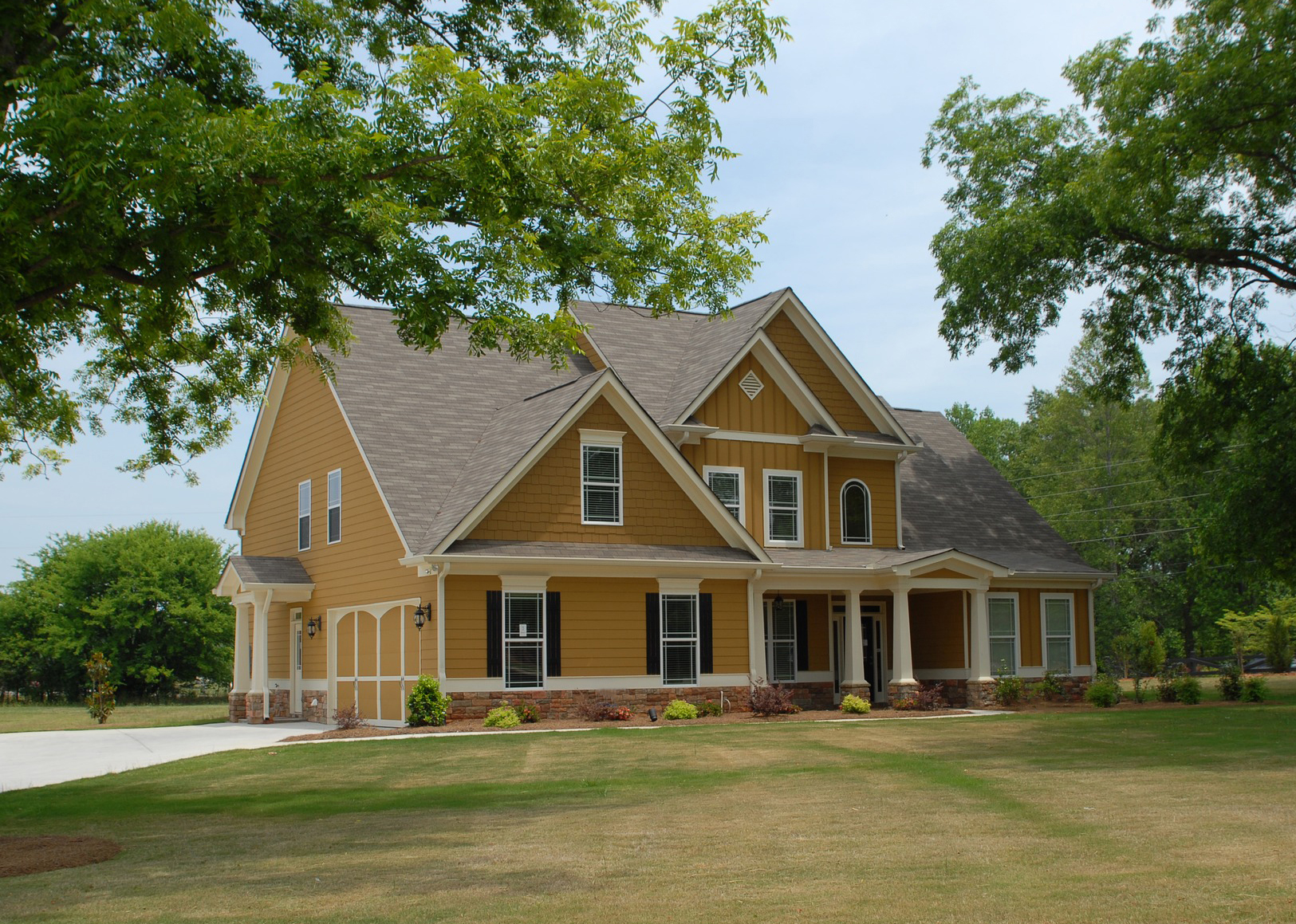
How Do You Know How Much Sun You Have?
To figure out how much sun the spot you want to plant in receives each day, you could use a garden light meter to measure it. You could also save that money to spend on more plants by simply observing your garden for a few days in the summer. Find the spot where you’d like to plant, then keep track on a sheet of paper whether or not that spot is receiving direct sunlight each hour of the day. Do this for a few days to find an average.
What is Full Sun?
Full sun is defined as more than six hours of direct sun per day. If you live in a newly constructed development or out in the country where there are few trees, your garden may not see any shade at all during the day. Maybe your front porch faces south and has nothing obstructing the sun from mid-morning until early evening. Any amount of sun greater than six hours is considered full sun.
What is Part Sun?
Part sun is defined as four to six hours of direct sun per day. Not all those hours need to be accrued consecutively—it could mean a few hours of morning sun plus a few more in the afternoon. It may be that the southeast side of your house is in part sun. When a plant prefers part sun, although it does not need to be in direct sun all day, it will grow and bloom best with at least some of those hours being in the afternoon. These plants need some heat and intense sun exposure in order to produce flowers and new growth.
What is Part Shade?
Part shade is also defined as four to six hours of direct sun per day, but most of that should come in the morning hours when the sun’s rays are less intense. We say that plants which prefer part shade enjoy “cool sun”, meaning direct sun in the morning or evening and protection from the hot midday sun. It may be that the east side of your house is in part shade.
What is Full Shade?
Full shade is defined as less than four hours of direct sun per day. Notice we didn’t say zero hours of direct sun—that would be dense shade which is the darkest of all light levels where few plants can survive. Full shade loving plants enjoy a few hours of sun each day, preferably in the morning. It may be that the north or northeast side of your house is in full shade.
Understanding Light Levels on Plant Labels
When you are shopping for or researching plants, pay close attention to how much sun they need. This information is always included on plant labels because it’s so essential to get right. Here are a few examples of what you will find and how to interpret that information.
When full sun is the only light level listed for a plant, that means it is going to need more than six hours of direct sunlight to grow and bloom. If you plant it in a lesser amount of light, it likely will not bloom and in some cases the plant may not survive. Oftentimes, full sun loving plants also are heat tolerant and some can handle drier soils. Choose full sun plants for your sunniest garden spaces.
Truffula™ Pink globe amaranth |
|
When part sun to sun is listed for a plant, that means it will grow and bloom in both part sun and full sun conditions, meaning a minimum of four hours of direct sunlight. Since part sun means the plant needs some heat and intense sun to produce flowers, you would choose a spot where at least a few of those hours were in intense midday sun. Expect most part sun to sun plants to bloom most prolifically in full sun and produce fewer flowers in part sun.
|
|
When part shade to shade is listed for a plant, that means it prefers to grow in less than six hours of direct sunlight per day with most of that being the less intense morning sun. These plants often thrive in cooler climates where moisture is plentiful, and they can easily scorch in the hot afternoon sun. Some part shade to shade plants produce flowers, but many are grown more for their decorative foliage.
|
|
When sun or shade is listed for a plant, that means it will grow in any amount of sunlight in most parts of the country. Some plants are very flexible about how much sun they need to grow and can handle both intense sun and shade. ColorBlaze® coleus, for example, was bred to handle the hot Florida sun but also grows beautifully in Michigan shade. The color of the foliage or the amount of flowers may vary a bit between light levels, but these plants are beautiful everywhere they are grown.
|
Regional Variations on Sun and Shade Requirements

The definitions of sun and shade seem pretty straightforward when you consider only the number of hours of direct sun plants are receiving. If you live in the Midwest, Upper Midwest, Northwest or on the East Coast, the number of hours of sunlight a plant receives is a good general guideline to follow since those climates are fairly temperate.
However, if you live in a warmer climate like the West, Southwest or Southeast, you’ll need to factor in the sun’s intensity, too. Since those areas are closer to the equator, the sun’s rays are more intense and hotter than in northern climates. As a result, some sun loving plants will need protection from the midday sun to prevent scorching and may need to be watered more often, too.
Bigleaf hydrangeas (Hydrangea macrophylla) are a great example. In the North, bigleaf hydrangeas grow well in full sun and average to moist soil. But when the same plants are grown in the South, they require some protection from the hot afternoon sun and need to be watered more frequently to prevent wilting and leaf scorch. If you garden in the South and a plant label indicates part sun to sun, it’s a good bet that it will grow better for you in some afternoon shade.
Ready to find plants that fit the light levels in your garden? Check out these resources:
- Tap the Light Level button under the big search box on our home page and select the one you’d like to explore.
- Save pins from our Plants for Sun or Shade Pinterest board.
- Explore annuals, perennials and shrubs for shady landscapes.
- See pictures of container recipes for sun and shade.
- Learn more about shade gardening with these articles.



